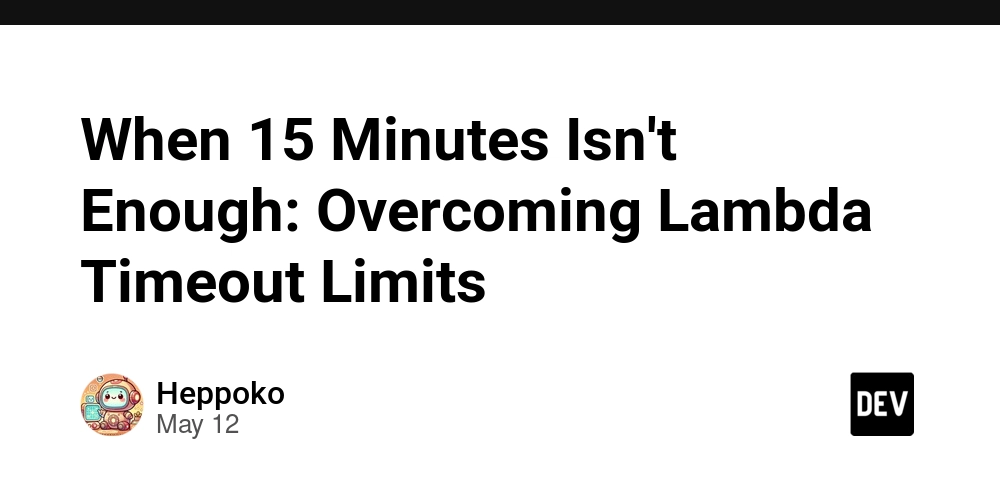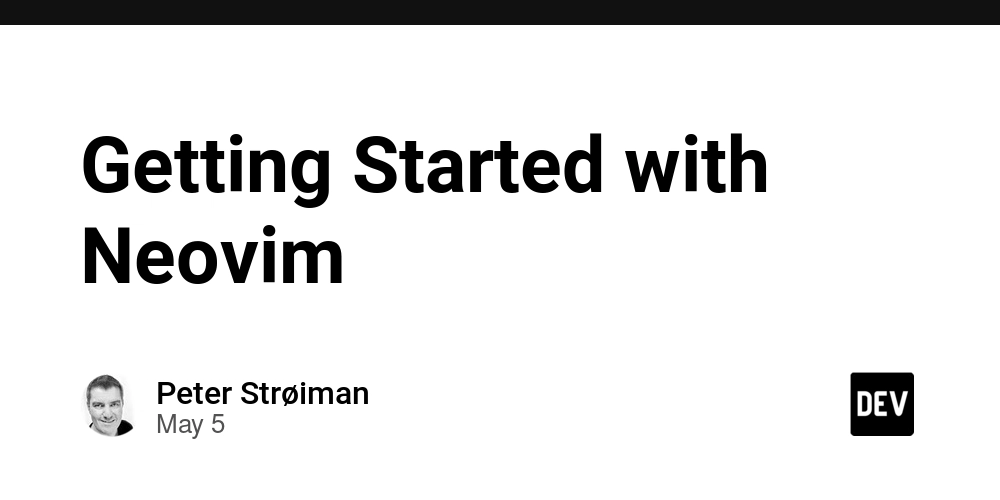Unveiling GNU All-Permissive License: A Comprehensive Deep-Dive
Abstract: This post offers an in-depth exploration of the GNU All-Permissive License. It covers the background of its development, key features, practical use cases, and challenges developers face when adopting it. We also discuss its influence on the open source ecosystem, how it compares with alternative licensing models (including blockchain-based alternatives like OCTL), and provide insights into future trends in licensing and developer compensation. For a complete review, you can also read the original article on GNU All-Permissive License summary. Introduction The GNU All-Permissive License has emerged as a vital tool in the open source community, offering minimal restrictions and maximum flexibility. For developers and legal experts alike, understanding its history, features, and implications is critical. This guide breaks down the license in clear, digestible sections ranging from background context to future innovations—a resource designed for both beginners and seasoned contributors in software development. Key topics include: The historical background and context of the license Core technical aspects and features Practical applications in modern software projects Challenges faced by projects using such permissive licensing Future trends and innovations in open source funding and contractual models With its clear language and permissive structure, the GNU All-Permissive License allows developers to reuse, modify, and distribute code freely. Yet, its simplicity can also open the door to potential exploitation if not managed properly. Let’s begin our journey into this unique licensing model. Background and Context The GNU All-Permissive License arose from the free software movement championed by organizations like the Free Software Foundation (FSF). Its creation reflects a desire for a license that imposes very few restrictions, ensuring that software remains accessible for both commercial and non-commercial use. Some key background points include: Historical Roots: The license was developed as an alternative to more restrictive copyleft licenses and was influenced by the pioneering work of figures like Richard Stallman. Historical discussions can be found on the GNU license list. Ecosystem Impact: With its liberal nature, the GNU All-Permissive License has been adopted in various industries—ranging from academic research to enterprise-level software—fueling innovation and rapid development cycles. Developer Freedom vs. Exploitation: Its minimal legal overhead makes it easy to integrate code across projects. However, this advantage also raises concerns regarding the lack of built-in compensation or reciprocity, potentially allowing commercial entities to exploit the code without returning benefits to the original developers. In summary, the background of the GNU All-Permissive License is intertwined with the broader movement toward openness, transparent collaboration, and rapid innovation in the software world. Core Concepts and Features The GNU All-Permissive License stands out for several technical and practical features that have shaped its adoption within the open source community. Here, we detail its core concepts: Key Characteristics Minimal Restrictions: The license uses clear, straightforward language to grant broad rights. Developers rarely need to worry about complex legal requirements when using or modifying the code. Ease of Integration: Thanks to its permissiveness, the license can be combined with other open source projects seamlessly—a factor that enhances rapid prototype development and code sharing. Flexible Usage: Organizations can adopt the license for both community-driven projects and for proprietary extensions, albeit with the risk of exploitation. Technical Benefits Lower Legal Overhead: Developers save time and resources that might otherwise be spent on negotiating complex licensing terms. Wide Compatibility: It integrates well with other open source licenses such as the MIT License and frameworks that require rapid scaling and modifications. Comparison Table of Common Open Source Licenses Below is a simplified table comparing the GNU All-Permissive License with other popular licenses: License Key Feature Developer Compensation Integration Restrictions GNU All-Permissive License Minimal restrictions and ease of use Mostly donation based Very high; almost any project Permissive, low OCTL Token-based compensation with blockchain support Built-in via token mechanisms High; engineered for open source Mixed reciprocity MIT License Simplicity and minimal legal burden Donation-based Very compatible Very permissive GNU GPL Strong copyleft; fosters community reciprocity Relies on community improvements Limited by viral copyleft terms Restrictive copyleft Apache 2.0 License Patent provisions and clarity No direct developer compensation High; used across industries Modera
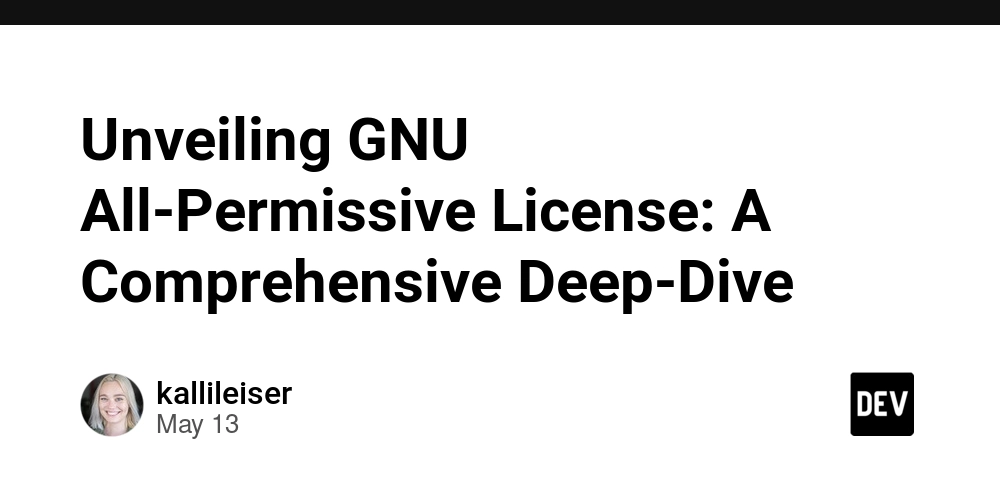
Abstract:
This post offers an in-depth exploration of the GNU All-Permissive License. It covers the background of its development, key features, practical use cases, and challenges developers face when adopting it. We also discuss its influence on the open source ecosystem, how it compares with alternative licensing models (including blockchain-based alternatives like OCTL), and provide insights into future trends in licensing and developer compensation. For a complete review, you can also read the original article on GNU All-Permissive License summary.
Introduction
The GNU All-Permissive License has emerged as a vital tool in the open source community, offering minimal restrictions and maximum flexibility. For developers and legal experts alike, understanding its history, features, and implications is critical. This guide breaks down the license in clear, digestible sections ranging from background context to future innovations—a resource designed for both beginners and seasoned contributors in software development.
Key topics include:
- The historical background and context of the license
- Core technical aspects and features
- Practical applications in modern software projects
- Challenges faced by projects using such permissive licensing
- Future trends and innovations in open source funding and contractual models
With its clear language and permissive structure, the GNU All-Permissive License allows developers to reuse, modify, and distribute code freely. Yet, its simplicity can also open the door to potential exploitation if not managed properly. Let’s begin our journey into this unique licensing model.
Background and Context
The GNU All-Permissive License arose from the free software movement championed by organizations like the Free Software Foundation (FSF). Its creation reflects a desire for a license that imposes very few restrictions, ensuring that software remains accessible for both commercial and non-commercial use. Some key background points include:
Historical Roots:
The license was developed as an alternative to more restrictive copyleft licenses and was influenced by the pioneering work of figures like Richard Stallman. Historical discussions can be found on the GNU license list.Ecosystem Impact:
With its liberal nature, the GNU All-Permissive License has been adopted in various industries—ranging from academic research to enterprise-level software—fueling innovation and rapid development cycles.Developer Freedom vs. Exploitation:
Its minimal legal overhead makes it easy to integrate code across projects. However, this advantage also raises concerns regarding the lack of built-in compensation or reciprocity, potentially allowing commercial entities to exploit the code without returning benefits to the original developers.
In summary, the background of the GNU All-Permissive License is intertwined with the broader movement toward openness, transparent collaboration, and rapid innovation in the software world.
Core Concepts and Features
The GNU All-Permissive License stands out for several technical and practical features that have shaped its adoption within the open source community. Here, we detail its core concepts:
Key Characteristics
Minimal Restrictions:
The license uses clear, straightforward language to grant broad rights. Developers rarely need to worry about complex legal requirements when using or modifying the code.Ease of Integration:
Thanks to its permissiveness, the license can be combined with other open source projects seamlessly—a factor that enhances rapid prototype development and code sharing.Flexible Usage:
Organizations can adopt the license for both community-driven projects and for proprietary extensions, albeit with the risk of exploitation.
Technical Benefits
Lower Legal Overhead:
Developers save time and resources that might otherwise be spent on negotiating complex licensing terms.Wide Compatibility:
It integrates well with other open source licenses such as the MIT License and frameworks that require rapid scaling and modifications.
Comparison Table of Common Open Source Licenses
Below is a simplified table comparing the GNU All-Permissive License with other popular licenses:
| License | Key Feature | Developer Compensation | Integration | Restrictions |
|---|---|---|---|---|
| GNU All-Permissive License | Minimal restrictions and ease of use | Mostly donation based | Very high; almost any project | Permissive, low |
| OCTL | Token-based compensation with blockchain support | Built-in via token mechanisms | High; engineered for open source | Mixed reciprocity |
| MIT License | Simplicity and minimal legal burden | Donation-based | Very compatible | Very permissive |
| GNU GPL | Strong copyleft; fosters community reciprocity | Relies on community improvements | Limited by viral copyleft terms | Restrictive copyleft |
| Apache 2.0 License | Patent provisions and clarity | No direct developer compensation | High; used across industries | Moderate, permissive |
Table Note:
This table emphasizes that while the GNU All-Permissive License offers high integration flexibility and low legal overhead, its lack of explicit compensation mechanisms can be a drawback.
Bullet List of Core Features
- Clear and Concise Wording: Ensures that legal terms remain understandable for all stakeholders.
- Permissive Nature: Allows for commercial and non-commercial exploitation with minimal barriers.
- Focus on Innovation: Encourages rapid development and modification by reducing legal friction.
- Community-Driven Development: Promotes widespread adoption among academic and grassroots projects.
Applications and Use Cases
The GNU All-Permissive License finds application in various real-world scenarios. Here are a few practical examples:
Use Case 1: Academic and Research Projects
Universities and research institutions often need rapid prototyping capabilities. The simplicity of the GNU All-Permissive License enables researchers to share their code without worrying about heavy legal restrictions. For example, several academic libraries and data analysis frameworks have benefited from this approach, speeding up the pace of scientific discovery.
Use Case 2: Enterprise Software and Startups
Startups and large enterprises choose permissive licenses to lower administrative costs and legal complexities. Companies integrating libraries under GNU All-Permissive License enjoy faster time-to-market—allowing them to innovate without lengthy legal negotiations. Learn more about integration practices at Kernel.org.
Use Case 3: Open Source Foundations and Community Projects
Open source communities and foundations often rely on simple and accessible licenses. Projects like the Apache HTTP Server and collaborative libraries in programming ecosystems opt for such licenses to foster vibrant, innovative communities. Developers frequently discuss these approaches on forums such as Hacker News and Stack Overflow.
Challenges and Limitations
While the GNU All-Permissive License is celebrated for its simplicity, it does encounter a few challenges:
Technical and Legal Challenges
Exploitation Risks:
The lack of built-in reciprocity allows commercial entities to use and modify code with little to no obligation to the original developers. As a result, debates frequently arise about fair compensation and sustainable funding models.Dual Licensing Complexity:
Although dual licensing can offer commercial flexibility, the minimalistic nature of the GNU All-Permissive License makes it difficult to establish a rigorous dual licensing system. Unlike licenses designed specifically for dual licensing (such as GNU GPL in some contexts), the permissive license does not inherently support additional legal frameworks.Managing Contributions Without CLAs:
Without formal Contributor License Agreements (CLAs), projects risk legal ambiguities. In open communities, the absence of mandatory CLAs can sometimes lead to issues surrounding code ownership and intellectual property rights.
Adoption Challenges
Lack of Developer Compensation:
The license does not provide a mechanism for ongoing developer funding or royalties. This limitation may deter some developers who require a more secure financial sustainability model.Integration with More Restrictive Licenses:
While highly flexible, integrating GNU All-Permissive Licensed code with other, more complex licenses can sometimes result in compatibility challenges.
Developers can explore emerging alternatives like the OCTL for scenarios where blockchain-based compensation and transparency are a priority. Additionally, insightful discussions on these topics have been shared on platforms like Dev.to.
Future Outlook and Innovations
Looking ahead, the landscape of open source licensing is set to evolve with a stronger focus on transparency, equity, and funding sustainability. Here are some predicted trends and potential innovations:
Enhanced Compensation Models
Blockchain Integration:
As showcased by alternatives such as OCTL, future licensing models may incorporate blockchain technology to facilitate automatic compensation for code contributions. Token-based systems will further ensure that developers receive credits or royalties for commercial exploits.Dual Licensing Adaptations:
Future innovations may see more flexible dual licensing models that can seamlessly combine a permissive base with commercial licensing options. This synthesis could allow companies to retain the benefits of rapid innovation while ensuring fair compensation.
Greater Community Governance
Decentralized Governance:
With the rise of blockchain and decentralized finance (DeFi), community-led governance models might become mainstream in licensing decisions. Forums like Twitter (@fsf) and discussions on GitHub are already advocating for more participatory models.Improved Contributor Agreements:
Integration of standardized CLAs and automated tracking systems could help mitigate legal uncertainties, ensuring that contributions are both secure and fairly acknowledged.
Innovation in Open Source Funding
Alternative Funding Streams:
New paradigms in open source funding—such as crowdfunding, grants, and corporate sponsorships—will likely complement the GNU All-Permissive License. This trend is witnessed in discussions on platforms like Dev.to.Hybrid Models:
Combining licenses that favor openness with mechanisms that ensure sustainability (for example, pairing a GNU All-Permissive License with additional funding contracts) could emerge as a best practice in the open source community.
Summary
In summary, the GNU All-Permissive License remains a cornerstone of the open source ecosystem thanks to its ease of use and minimal restrictions. Its strengths are evident in academic, enterprise, and community-driven projects alike. However, as the digital landscape evolves—with the integration of blockchain for transparency and the ensuing need for fair developer compensation—there is a growing call for innovation in licensing models.
Key takeaways include:
Flexibility and Integration:
The GNU All-Permissive License’s forgiving nature makes it ideal for rapid development and integration with other open source projects.Concerns of Exploitation:
The lack of built-in reciprocity offers developers freedom but leaves room for potential misuse by commercial entities.Future Innovations:
The shift towards blockchain-based compensation, improved community governance, and hybrid funding models is shaping the future of open source licensing.
By understanding these core aspects, developers and organizations can make informed decisions that balance innovation with fairness. For further insights into licensing models and their impact on open source development, additional resources such as the FSF site and MIT License information provide invaluable guidance.
Additional Resources and References
To further expand your knowledge on open source licensing and funding, consider the following resources:
- GNU All-Permissive License Summary
- Free Software Foundation (FSF)
- MIT License on OSI
- Apache License 2.0 on OSI
- Dev.to articles such as Navigating Open Source Licenses for Arbitrum Projects and Magic Eden: Pioneering Open Source Licensing in the Blockchain Era.
For a quick recap, here’s a bullet list of the critical topics discussed:
- History and Background: Emergence from the free software movement.
- Key Features: Minimal legal restrictions, ease of integration, and wide compatibility.
- Challenges: Potential exploitation, dual licensing difficulties, and managing contributions.
- Future Trends: Blockchain integration, sustainable compensation models, and enhanced community governance.
Conclusion
The GNU All-Permissive License symbolizes the balance between innovation and legal simplicity. Its impact on the open source ecosystem is undeniable. As we move forward, the need for sustainable funding mechanisms and robust governance models will drive the evolution of this and other licensing models. Whether you’re an indie developer or part of a large enterprise, understanding these nuances helps you navigate the complexities of open source legal frameworks effectively.
By leveraging insights from authoritative sources and practical applications, developers can build ecosystems that empower creativity, ensure fairness, and foster long-term innovation. The journey of open source licensing is continuously evolving—making it more critical than ever to stay informed and adaptable. Embrace the freedom, but remember to safeguard the contributions that fuel technological progress.
Happy coding and may your projects thrive in a truly open and balanced ecosystem!























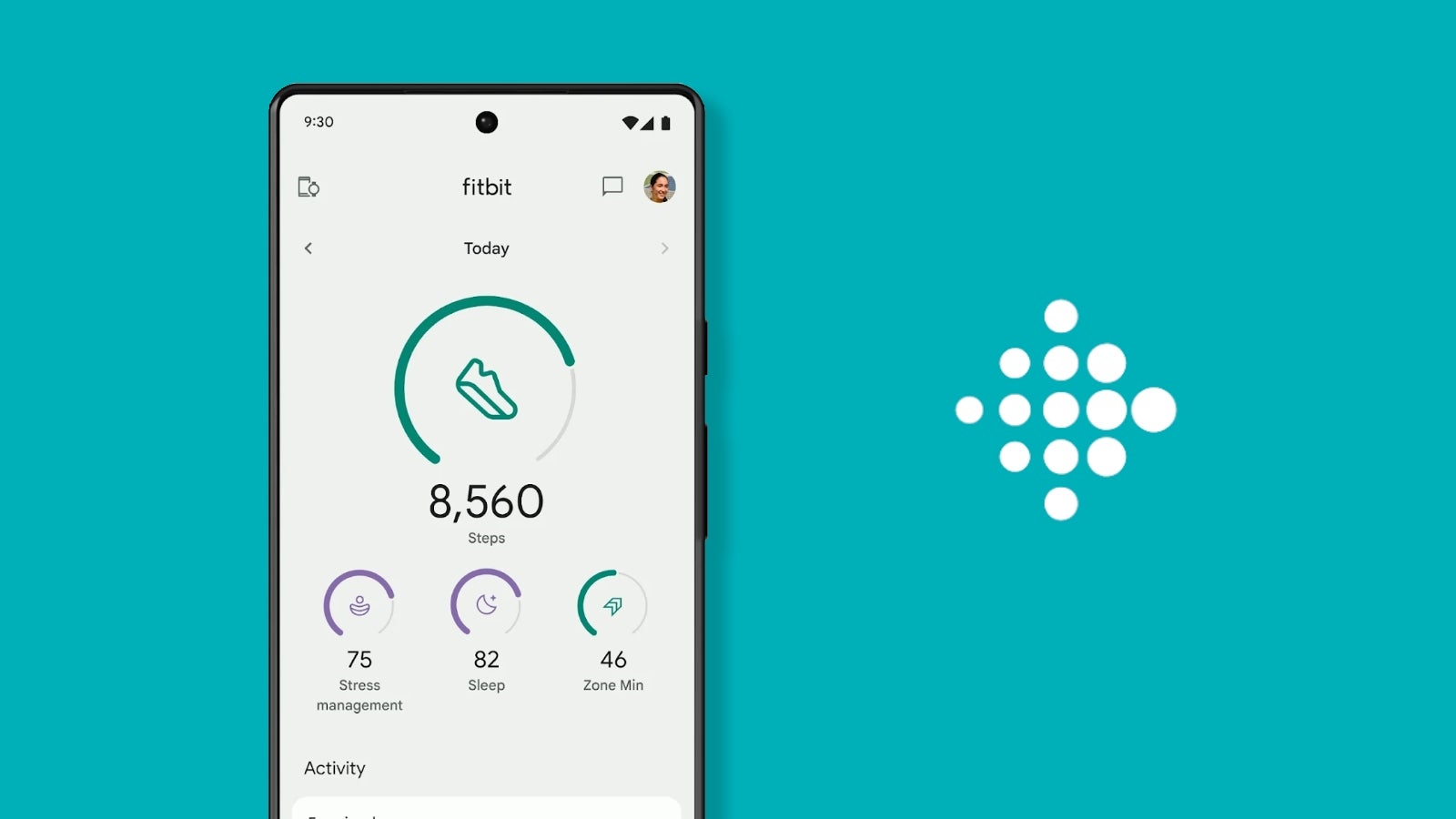




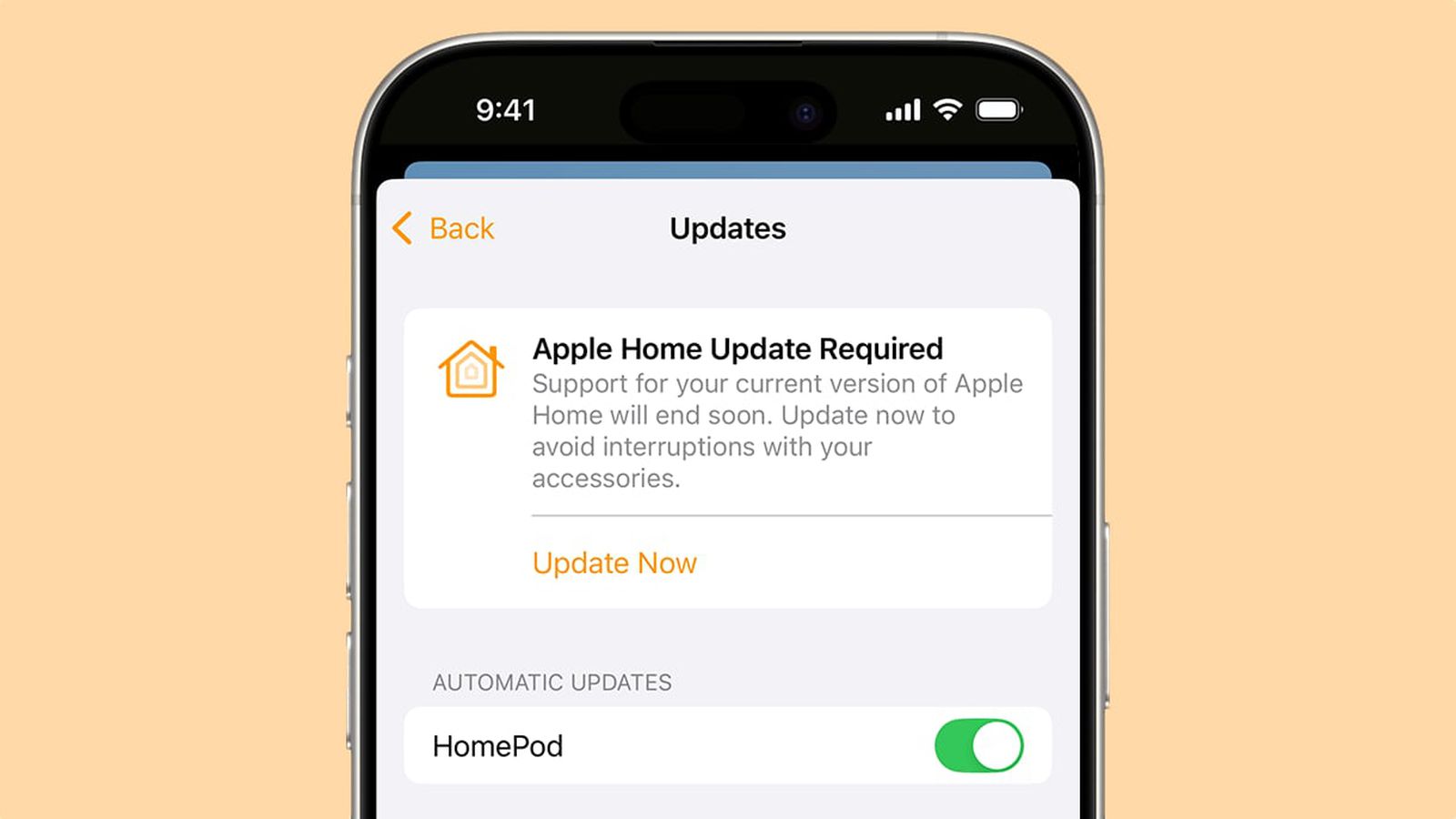
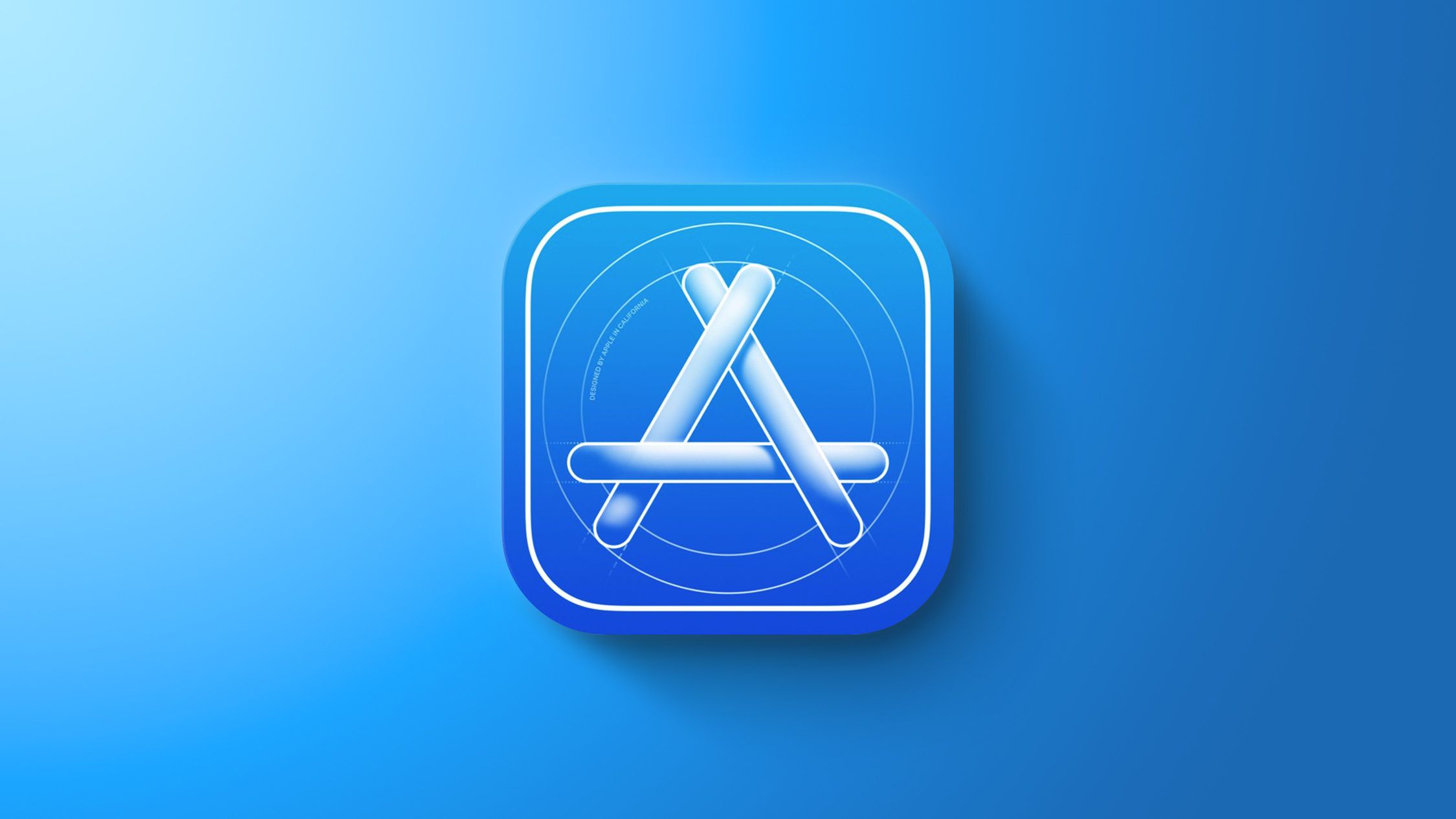

























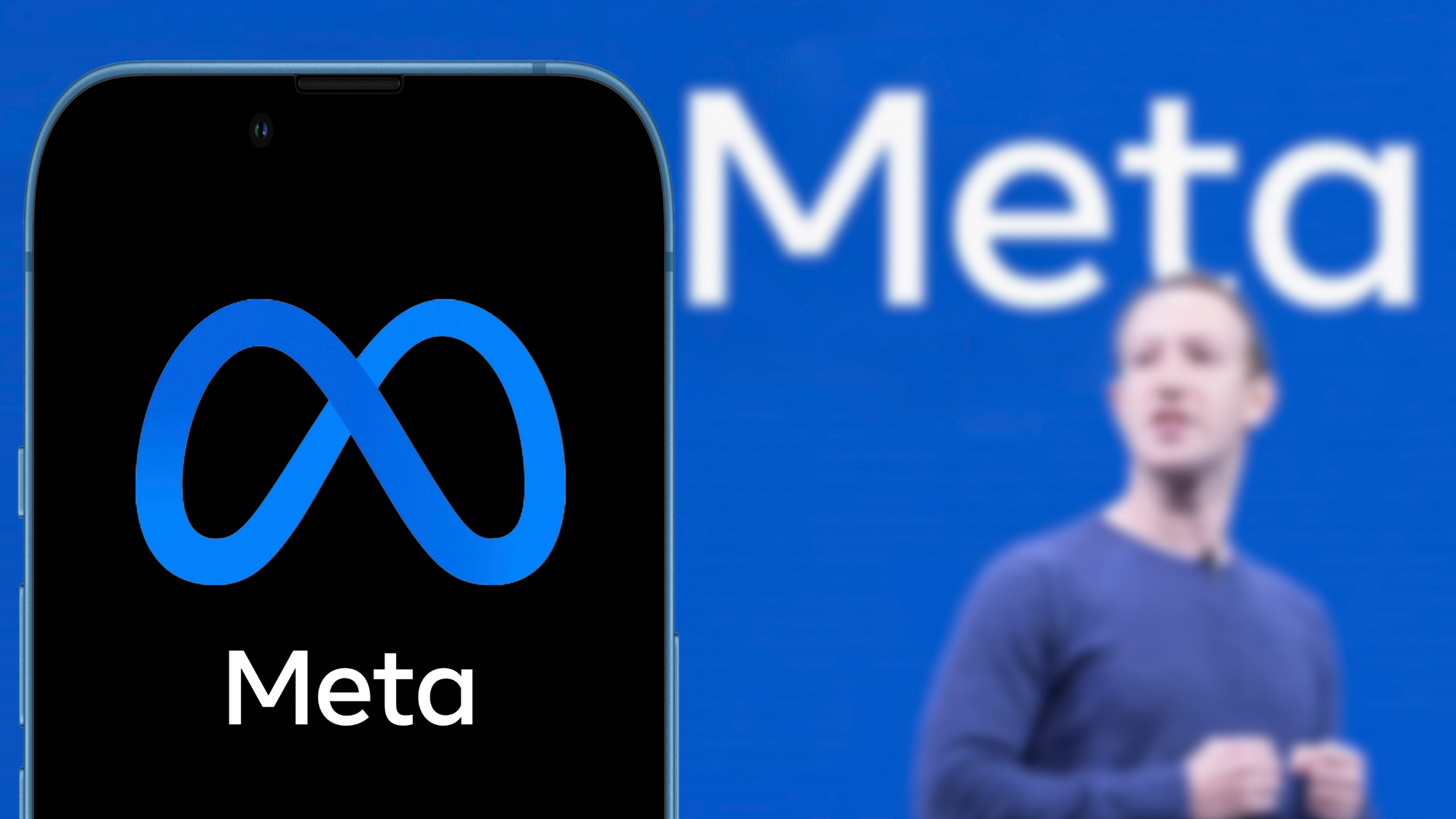


















![Samsung's New Galaxy S25 Edge Takes Aim at 'iPhone 17 Air' [Video]](https://www.iclarified.com/images/news/97276/97276/97276-640.jpg)
![Apple to Launch AI-Powered Battery Saver Mode in iOS 19 [Report]](https://www.iclarified.com/images/news/97309/97309/97309-640.jpg)
![Apple Officially Releases macOS Sequoia 15.5 [Download]](https://www.iclarified.com/images/news/97308/97308/97308-640.jpg)
















![Walmart’s $30 Google TV streamer is now in stores and it supports USB-C hubs [Video]](https://i0.wp.com/9to5google.com/wp-content/uploads/sites/4/2025/05/onn-4k-plus-store-reddit.jpg?resize=1200%2C628&quality=82&strip=all&ssl=1)









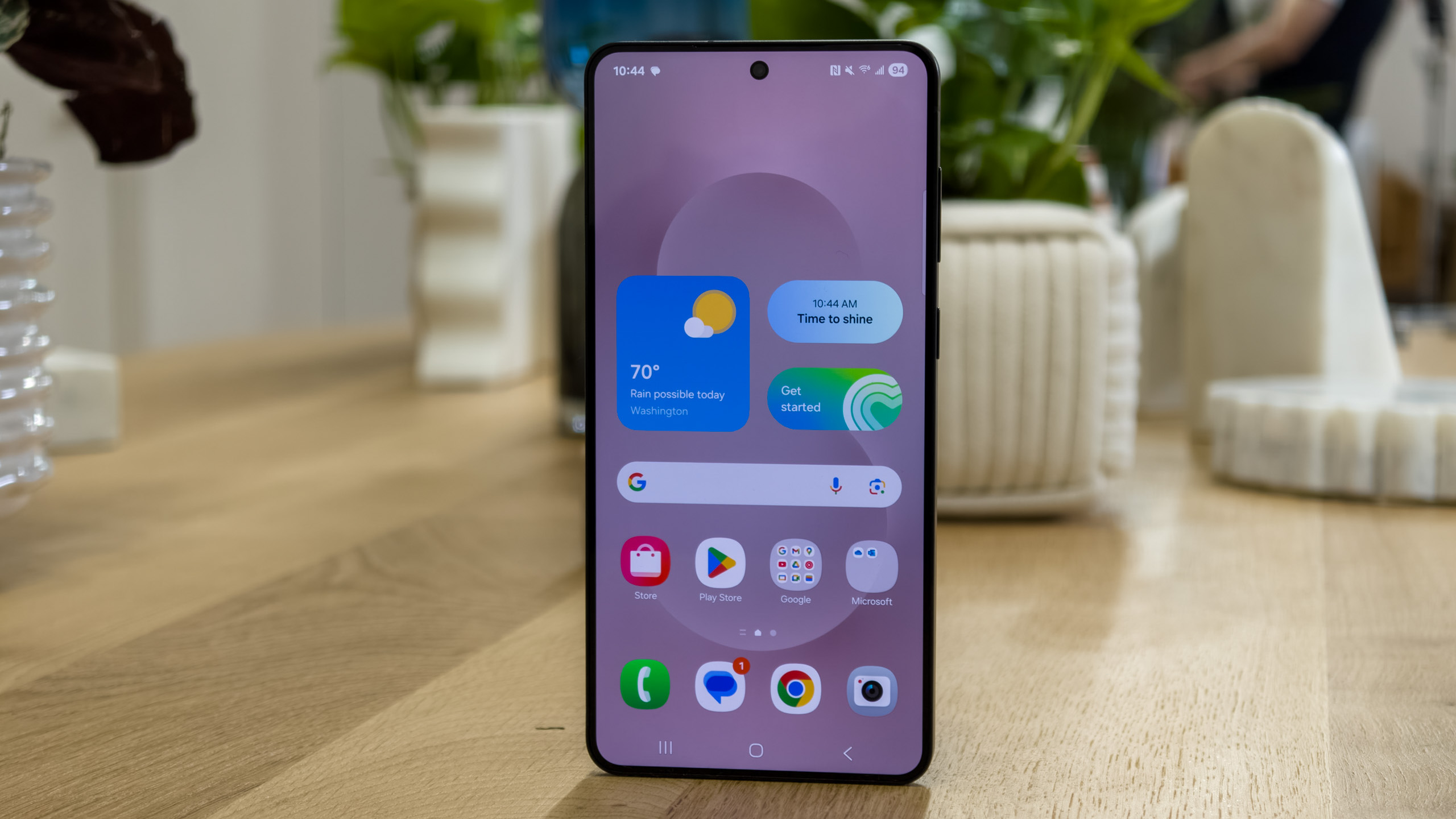





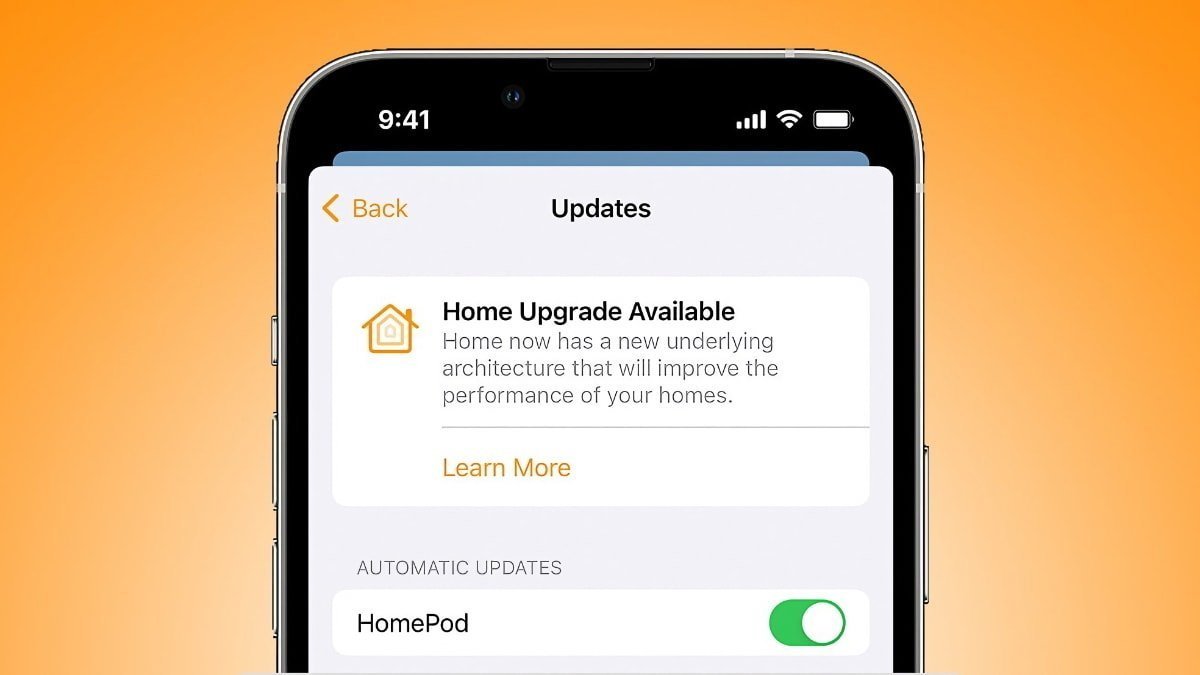





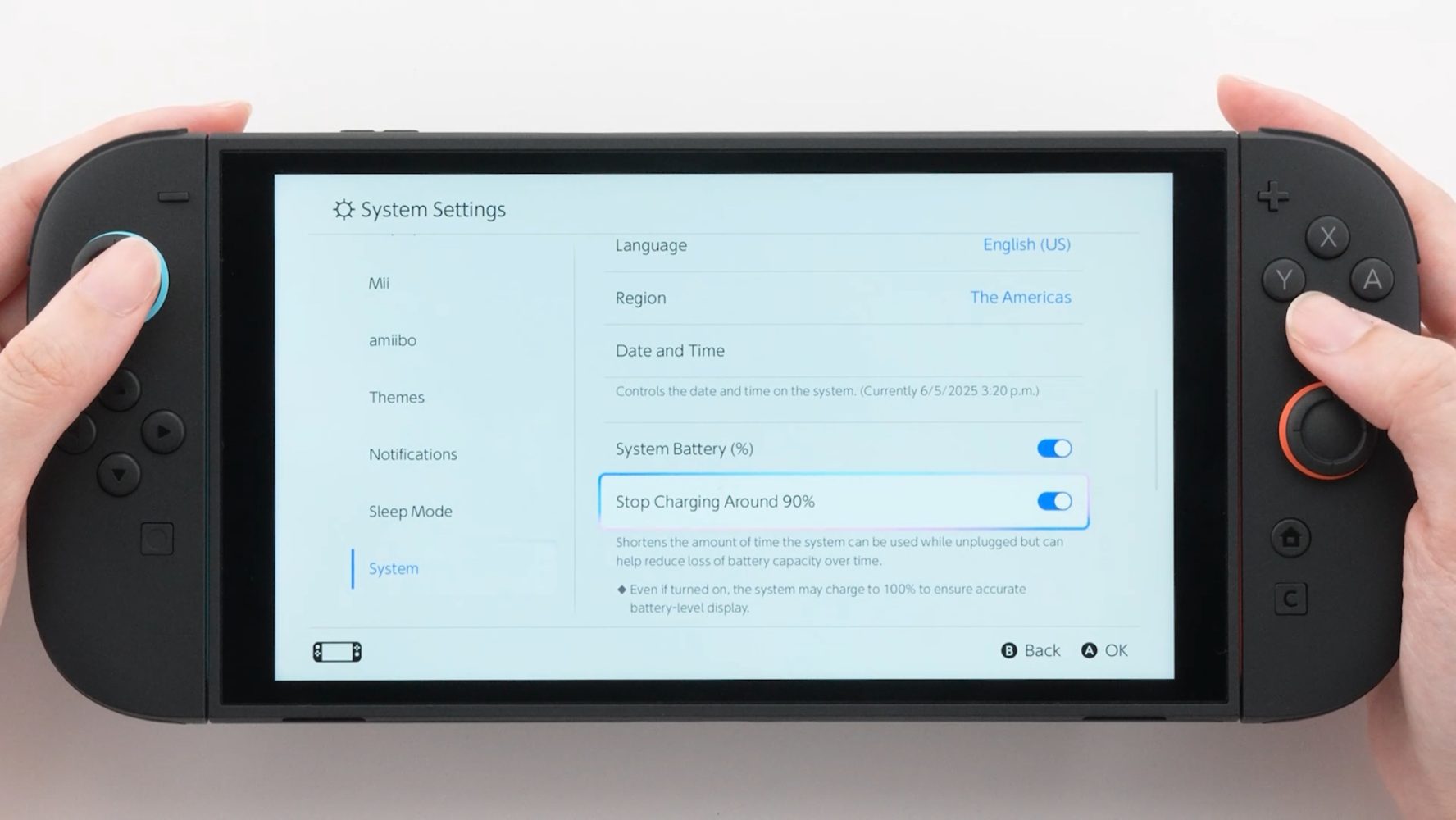






































































_Piotr_Adamowicz_Alamy.jpg?width=1280&auto=webp&quality=80&disable=upscale#)































































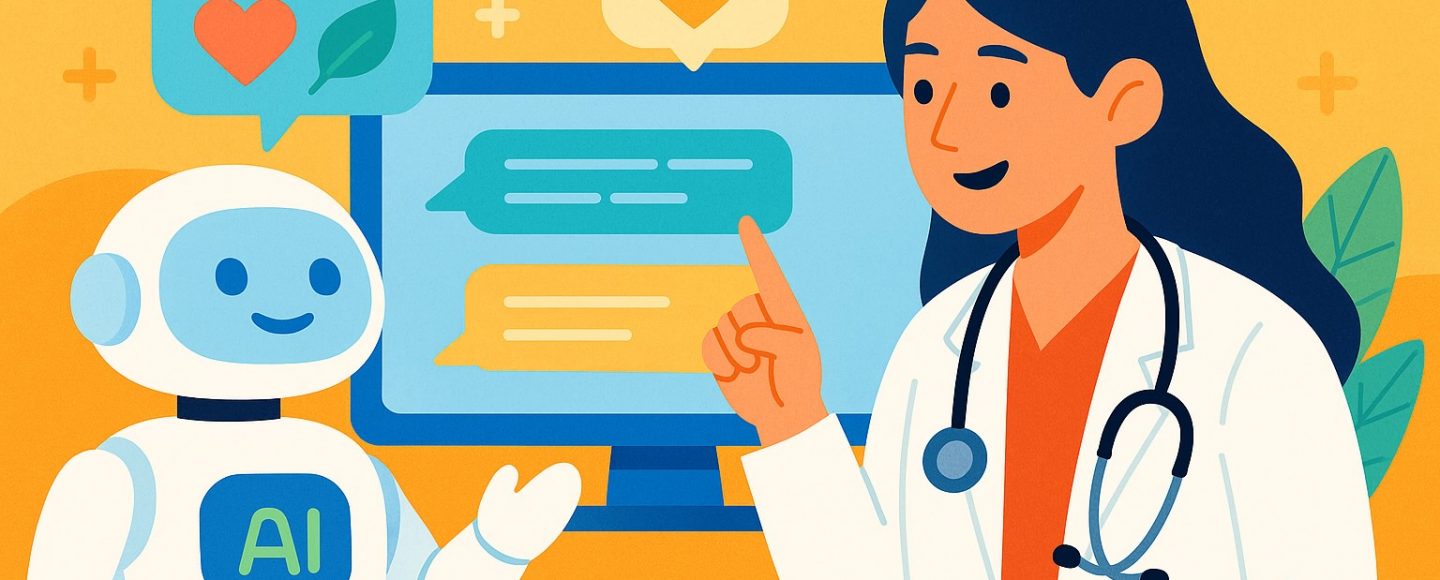





































































































































































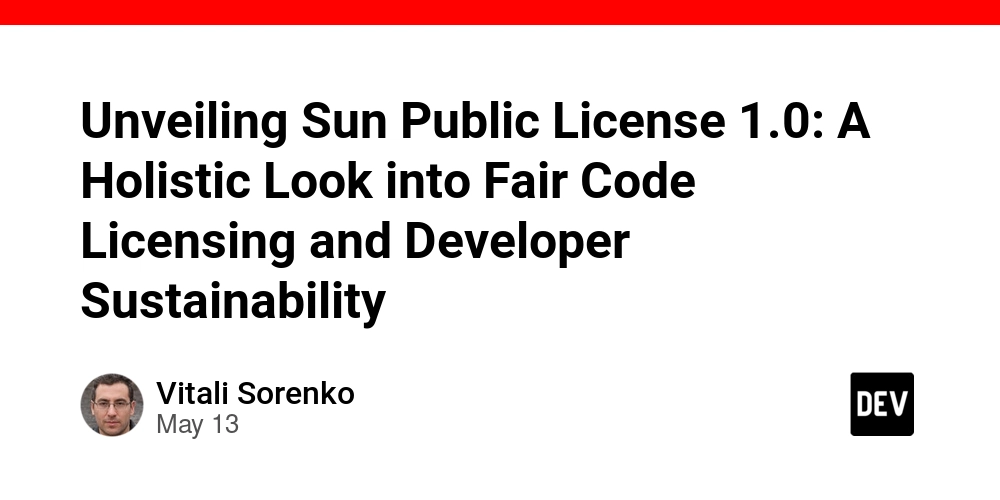
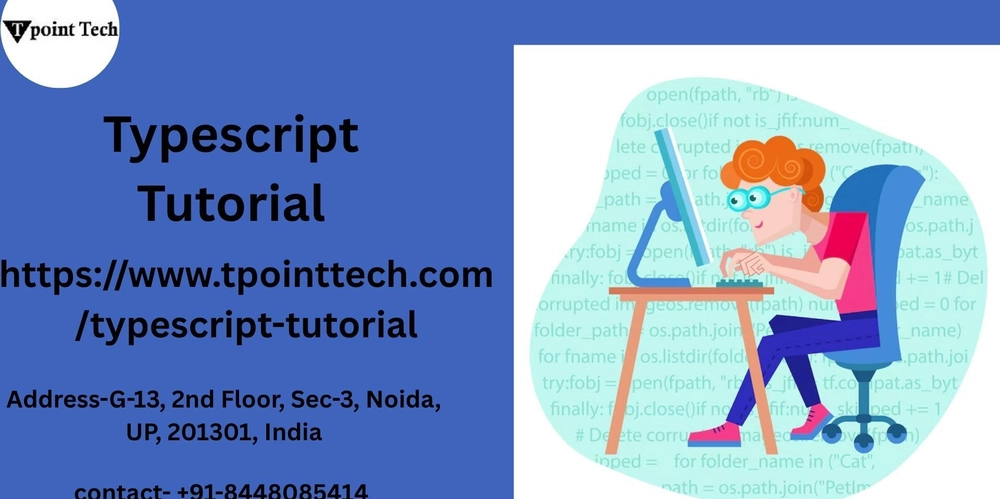
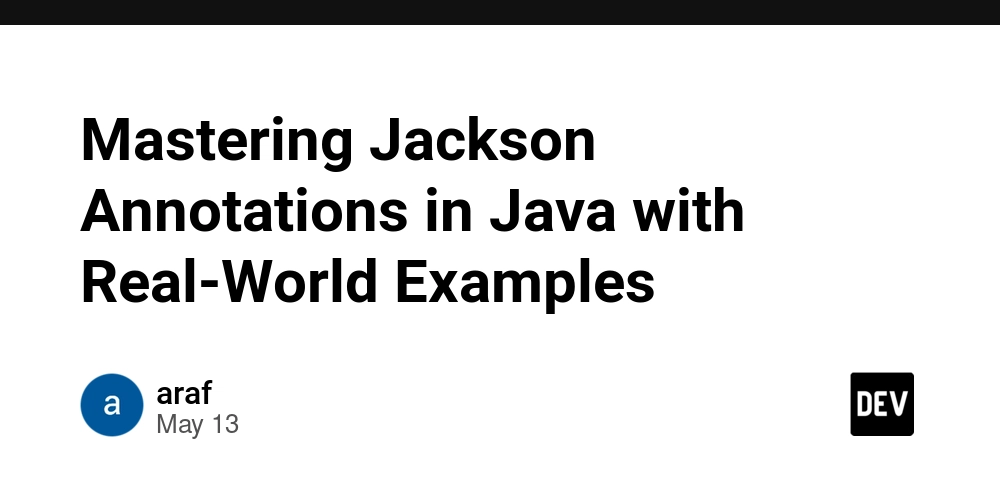













































![Ditching a Microsoft Job to Enter Startup Purgatory with Lonewolf Engineer Sam Crombie [Podcast #171]](https://cdn.hashnode.com/res/hashnode/image/upload/v1746753508177/0cd57f66-fdb0-4972-b285-1443a7db39fc.png?#)


























































































